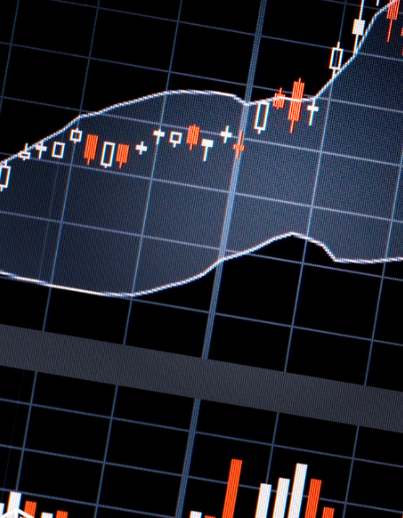Mastering Timing in Forex Trading: When is the Best Time to Trade?

In the world of Forex trading, knowing when to enter and exit a trade can often be the key to success. While having a strong strategy is essential, timing your trades properly can make a significant difference in your results. This blog will explore the importance of timing in Forex trading and provide valuable insights on when to trade for optimal results.
Understanding the Forex Market
Before we dive into the best times to trade, it’s important to understand the structure of the Forex market. Forex, short for Foreign Exchange, is the largest and most liquid financial market globally. It operates 24 hours a day, five days a week, making it accessible for traders across the world. Forex is decentralized, meaning it doesn’t have a central exchange, and no global regulatory body governs it. Instead, it consists of a wide array of participants, including central banks, investment banks, corporations, hedge funds, and individual traders.
The market is divided into three primary trading sessions: Asia (including Sydney, Tokyo, Singapore, and Hong Kong), London, and New York. These sessions overlap, creating periods of increased activity that savvy traders can take advantage of. Timing plays a critical role in ensuring that traders can capitalize on the changes in volatility during these overlaps.
Best Times to Trade Forex
- The London Session (7:00 AM – 5:00 PM UK time)
The London trading session is one of the most important in the Forex market. Around 50% of global Forex volume is traded here, making it a key player in market movements. The session begins at 7 AM London time, and this is often when major currency pairs like EUR/USD and GBP/USD experience increased volatility. The overlap between the London session and the end of the Asian session, combined with the start of the US session, provides great liquidity and volatility, giving traders plenty of opportunities to profit from early market moves.
- The New York Session (1:00 PM – 10:00 PM UK time)
The New York session is another prime trading window. Approximately 20% of global Forex volume is traded during this session. The peak liquidity occurs between 1 PM and 3 PM London time, when the New York market opens and overlaps with London trading. Additionally, the release of important US economic data, such as employment reports and inflation data, often occurs around 1:30 PM London time, further increasing market activity and price volatility. Major currency pairs involving the US dollar, such as EUR/USD, USD/JPY, and GBP/USD, tend to be particularly volatile during this time.
- Session Overlaps
The overlap between trading sessions is a key time for Forex traders. The most significant overlap happens between the London and New York sessions. During this time, market liquidity and volatility are at their highest, making it a perfect opportunity for traders to capture large price movements in popular currency pairs. Traders often find that the first few hours of these overlaps present the best chances to profit from volatility.
- Avoid the Weekend Gap
The Forex market operates five days a week and closes at 5 PM New York time on Fridays, only reopening at 9 PM Sunday evening in Sydney (around 10 PM London time). A weekend gap occurs when unforeseen events over the weekend shift market sentiment, causing opening prices on Monday to be significantly higher or lower than the Friday closing prices. To avoid the risks associated with these gaps, many traders choose to close their positions before the weekend to mitigate potential losses.
- Economic Calendar Awareness
The macroeconomic calendar is an essential tool for Forex traders. It tracks key economic data releases, such as inflation figures, interest rates, employment reports, and housing data, all of which can have a profound impact on the Forex market. High-impact data releases often lead to sharp market moves, so traders should plan their strategies around these events. Some traders choose to trade based on the news, while others prefer to close their positions before the data release to avoid short-term volatility.
- Incorporating Timing into Your Trading Strategy
Understanding the fluctuations in market volatility and liquidity throughout the trading day is crucial. Short-term traders, such as scalpers, often target the periods of heightened volatility during session overlaps. On the other hand, long-term traders may be less concerned with the precise timing of their trades, focusing instead on broader trends and less volatile periods.
Conclusion
In Forex trading, timing is a crucial element of a successful strategy. By understanding the different market sessions, knowing when liquidity and volatility peak, and being aware of economic events, traders can significantly improve their chances of making profitable trades. With the right timing, you can capitalize on the Forex market’s fluctuations and increase your odds of success. Remember, it’s not just about knowing when to trade, but also about how to integrate timing into your overall trading strategy.




